Have you ever wondered which vegetable is the most popular in the world? Numerous polls and studies exist on this topic.
However, because the polls were given to different groups of gardeners at other times and in different parts of the country, the “most popular” veggies aren’t always the same.
However, we were able to come up with a solution. To ensure that none of the most popular veggies are overlooked, we combined the results of all of the different polls into one comprehensive list, allowing you to learn about all of the most popular vegetables that most gardeners produce at home.
1. Tomatoes

Because they are so satisfying, tomatoes are the archetypal home-growing crop. Additionally, the flavor and experience of a homegrown tomato and a store-bought hothouse tomato are so dissimilar that they might be unrelated.
If you’ve never tried a tomato grown in a home garden, now is the moment. Furthermore, tomato plants do not survive frost because they are a warm-season crop.
Most gardeners start their tomato seeds indoors five to six weeks before the last spring frost.
You can also buy baby tomato plants to transplant into your garden once the nighttime temperature rises above 55 degrees Fahrenheit.
However, if you’re moving your plants from the house to the yard, you must harden them to withstand the elements.
2. Broccoli

Broccoli is also one of the most popular vegetables in the world. It is a cool-season crop that can be sown in the spring or, in milder climates, in the fall.
Furthermore, it works best when the temperature is between 60- and 70 degrees Fahrenheit.
However, to harvest your broccoli in the middle of summer, start your plants indoors six to eight weeks before your last frost date.
Broccoli plants should be formed in the fall for a winter crop. Additionally, you’ll want to time the harvest of your broccoli crop so that temperatures don’t reach 75 degrees.
Additionally, Broccoli transplants need 55 to 85 days to mature, while seeds take 70 to 100 days to mature. Choose a location where your broccoli plants will thrive.
3. Onions

Onions are members of the Allium plant family, which also includes chives, garlic, and leeks. These veggies have distinctive, strong smells and therapeutic benefits.
Furthermore, onions come in various sizes, shapes, colors, and flavors. The most frequent varieties are red, yellow, and white.
Additionally, these veggies have a broad spectrum of flavors, from sweet and juicy to sharp, spicy, and aromatic, depending on the season they are grown and consumed. For generations, farmers have grown allium vegetables.
According to the United Nations Food and Agriculture Organization, China is also the world’s largest onion producer.
4. Peppers

Everyone enjoys a little heat, and growing your peppers will provide plenty to add to your favorite foods, not to mention the prospect of making your salsa.
Even experienced gardeners may find it tough to start with seeds, so make things easier on yourself by purchasing some young hot pepper plants from the nursery.
Just a handful of plants will provide enough peppers for your entire family to enjoy throughout the season.
Additionally, space them two to three feet apart to give your pepper plants plenty of areas to flourish.
If you’re growing peppers in a container, make sure it holds at least five gallons of soil, allowing ample room for the plant’s root systems.
Furthermore, they thrive when lime or bone meal is put to the ground where pepper plants will grow.
5. Lettuce

Lettuce plants are one of the most popular vegetables used in the world. It comes in four varieties: loose leaf, butterhead, crisphead, and Romaine (also called cos) (also called cos).
Furthermore, Leaf lettuces are the easiest to grow and least likely to bolt. Because they do not produce a tight, dense head like the other varieties, they are a cut-and-come-again crop like the leafy greens we mentioned earlier.
However, most leaf lettuce varieties mature in just 40 to 45 days. Although many gardeners can produce lettuce all year, it thrives best when the temperature stays between 45 and 80 degrees Fahrenheit.
For optimal results, sow as soon as you can work in the ground outside in early spring. Lettuce plants can also thrive on sunny windowsills indoors.
Choose a location for your lettuce that receives full sun, though plants may require a lot of shade to grow in the summer heat.
6. Leafy Greens
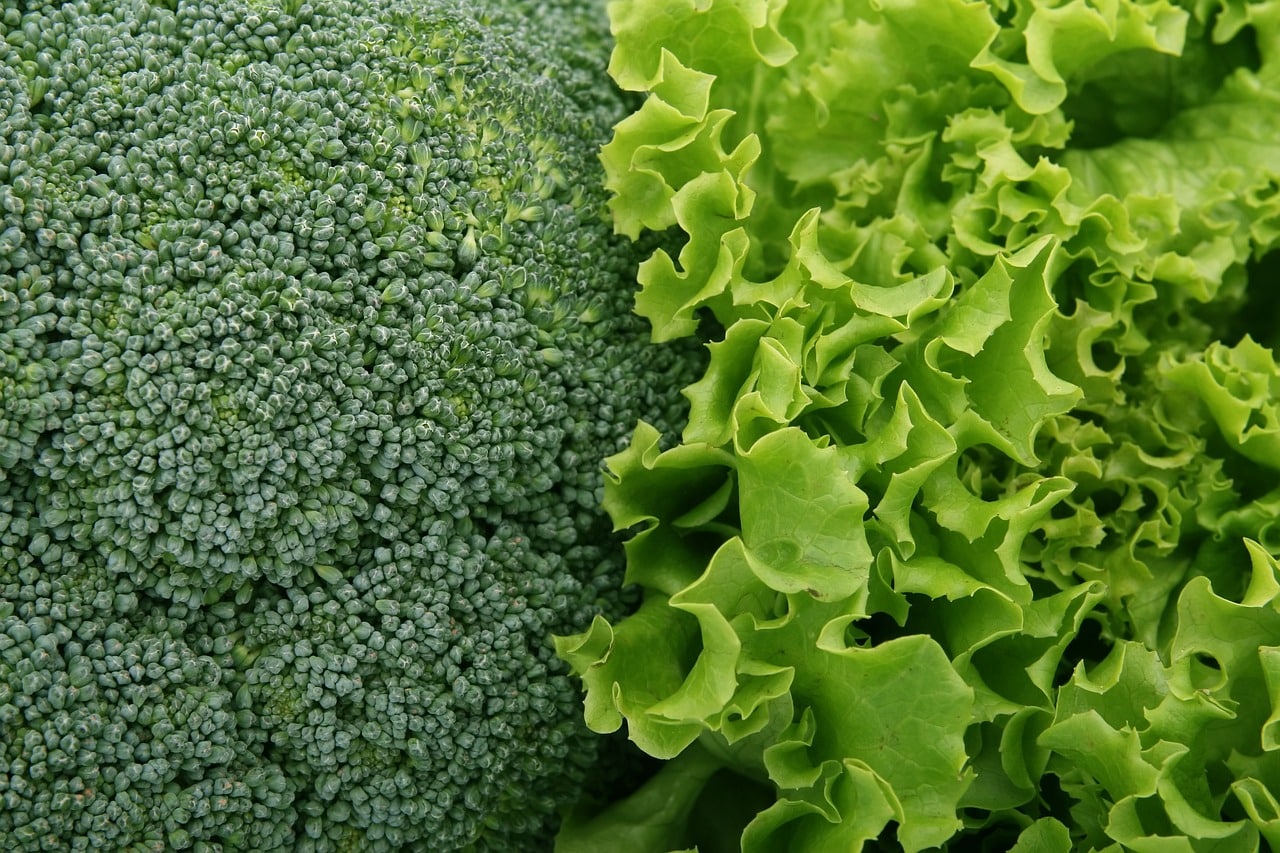
There are a plethora of leafy greens to pick from, many of which are simple to grow. However, these vegetables provide the highest nutrition per square foot of any crop available.
Many leafy greens can withstand cold weather, and some taste better after a frost.
Most of the types may be grown in both the spring and the fall. However, all leafy greens are “cut and come again” crops, so gardeners can clip off the leaves they need from the plant’s exterior base.
And the plant will continue to produce new leaves, ensuring there will be more to pick when it’s time to harvest them again.
In addition, they also mature quickly, taking only 30 to 60 days from seed to harvestable greens.
Plant greens in the spring three to four weeks before the final frost of the season, as soon as the ground can be worked outside.
7. Cauliflower

Cauliflower is another cool-season crop that can be planted in the spring or fall. However, it thrives in mild climates, as Cauliflower cannot endure extremes of heat or cold—healthy cauliflower plants thrive in temperatures between 60 and 70 degrees Fahrenheit.
As a result, it can be difficult for new gardeners to get started. Cauliflower also needs vibrant soil to thrive.
It’s advisable to add manure or compost to the area where cauliflowers will grow before planting them.
Instead of increasing cauliflower seeds, start with young cauliflower plants from a nursery to increase your chances of success.
In addition, plant your baby cauliflower plants two to four weeks before the last frost date of the spring season.
8. Carrots
Carrots are also one of the most popular vegetables used in the world. Furthermore, carrots are root vegetables that come in various colors, including purple, black, red, white, and yellow cultivars.
It is a domesticated variant of the wild carrot, Daucus carota, native to Europe and Southwestern Asia.
In addition, Carrots grow best in the spring and fall when the weather is colder. Carrots are robust in the cold and may even withstand frost.
From planting to harvest, they take between two and four months. Planting a new batch of carrots every three weeks will ensure a constant crop.
9. Sweet Potato
Sweet potatoes come in various colors, including yellow, white, and deep purple, with hundreds of types worldwide.
However, the sweet potato is an edible root that belongs to a different family than the common potato.
In addition, sweet potatoes with orange flesh contain the most beta-carotene, whereas purple flesh has more anthocyanins.
Furthermore, Phytochemicals found in anthocyanins and beta-carotene have been demonstrated to provide various health benefits.
These include decreasing cancer cell growth, lowering inflammation, regulating hormones, and increasing immunity.
10. Cassava

Cassava is a calorie-dense vegetable high in carbohydrates and rich in vitamins and minerals, such as vitamin C, thiamine, riboflavin, and niacin.
However, it promotes intestinal health and can aid in weight reduction and migraines. Its protein-rich leaves can also be cooked or dried in the sun.
This starchy root has a nutty flavor and is a fantastic potato alternative. Furthermore, cassava is a mainstay of West African, Caribbean, and Latin American cuisines.
However, proper preparation is essential since raw cassava contains a naturally occurring type of cyanide broken down into safe, non-toxic amounts when cooked.
Furthermore, cassava has a variety of uses and is used as a biofuel in several places.
12. Cabbage

Cabbage is another cool-season vegetable. It can be planted in the spring for a summer crop or in midsummer for an autumn yield.
Furthermore, Cabbage grows best in areas with a long, excellent growing season and a temperature between 45 and 75 degrees Fahrenheit.
On the other hand, Cabbage plants are cold-resistant and can withstand temperatures as low as 20 degrees.
Cabbage plants are often planted inside and transplanted into the garden in four to six weeks. When cabbage seedlings reach three to four inches in height, they’re ready to be transplanted.
However, you can also sow them directly into your garden beds once the soil is workable in the spring.
13. Potatoes
Potatoes are also on our list of most popular vegetables globally—there are many kinds of this starchy tuber root vegetable, including Yukon Gold, Kennebec, and Russet.
Additionally, Potatoes are simple to cultivate and prepare through various methods, including baking, frying, mashing, and boiling.
However, Potatoes contain vitamin B, which can help boost mood and reduce stress and fiber, and flavonoids, which help protect against infection and disease.
Furthermore, potato peels or skins are high in nutrients. Eating the skin and flesh of the potato enhances the number of minerals, vitamins, and fiber per serving, giving you the most health benefits.
14. Cucumbers And Gherkins
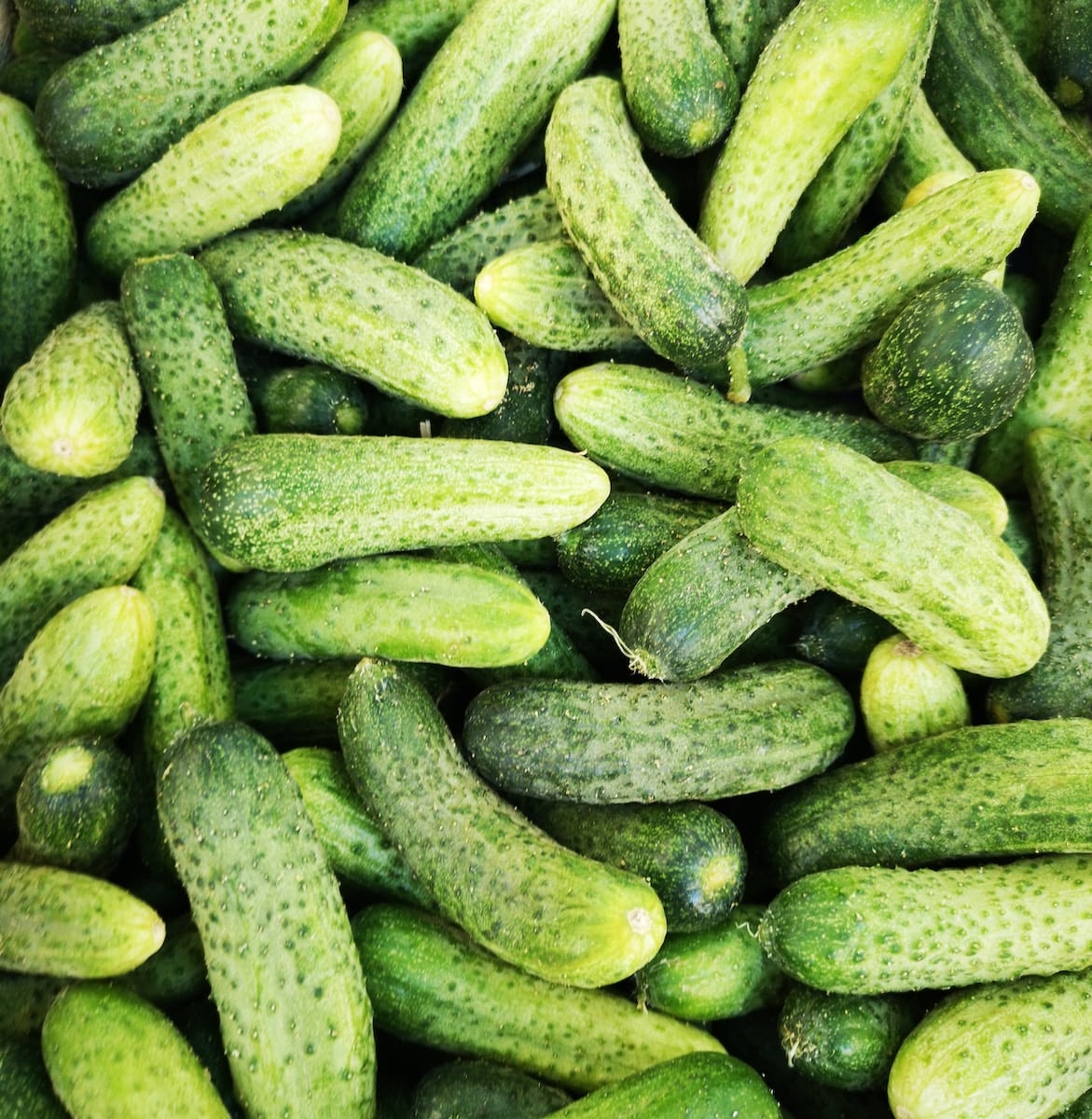
Gherkins are commonly mistaken for miniature pickled cucumbers or baby cucumbers. However, “gherkin” refers to the German word for cucumber.
Additionally, Cucumbers are high in vitamin A, various B vitamins, vitamin K, folic acid, vitamin C, calcium, iron, magnesium, phosphorus, potassium, and zinc, and are low in calories.
Furthermore, cucumbers are mainly made up of water, which accounts for about 95 percent of their mass. They are a fruit native to India (at least botanically).
They also promote intestinal health and reduce dehydration. Additionally, leaving the skin on cucumbers is the most excellent way to obtain the most health benefits.
However, this versatile fruit offers several skin benefits, including relaxing and reducing edema. It is also used in face masks.
15. Green Beans
Green beans are one of the most popular vegetables in the world. They are a dinner table favorite, so it’s only natural that they’d also be popular in the garden.
However, they can be planted in the spring once the threat of frost has passed. Or in the fall, 10 to 12 weeks before the season’s first frost is expected.
Furthermore, bush and pole bean kinds of green beans are available. Unless your region experiences high heat, you can sow green beans every two weeks and have a continuous supply until early August.
Additionally, seeds for bush green beans should be planted an inch deep and spaced one to two inches apart in rows between two and a half and three feet apart if you’re growing them.
Furthermore, pole bean green beans should be planted in hills with three feet of space between them, with the hills spaced three to four feet apart in rows.
16. Sweet Corn
Sweet corn is one of the most popular vegetables in the world. It is a warm-weather crop with yellow, white, or bi-colored kernels.
Gardeners who want to cultivate maize must reside in an area with a long growing season free of frost.
Furthermore, plant your corn as soon as possible to ensure a long growing season, as missing the ideal harvest date will result in flavor loss.
In addition, plant your corn after the earth has warmed up, and no more frost is expected, usually two weeks after the last frost date in the spring.
Cultivate multiple short rows instead of one or two long rows for optimal pollination.
Furthermore, three to four inches apart in rows with two and a half to three feet between them, seeds should be planted when they have grown to their full size and thin down to one plant per foot.
17. Summer Squash and Zucchini
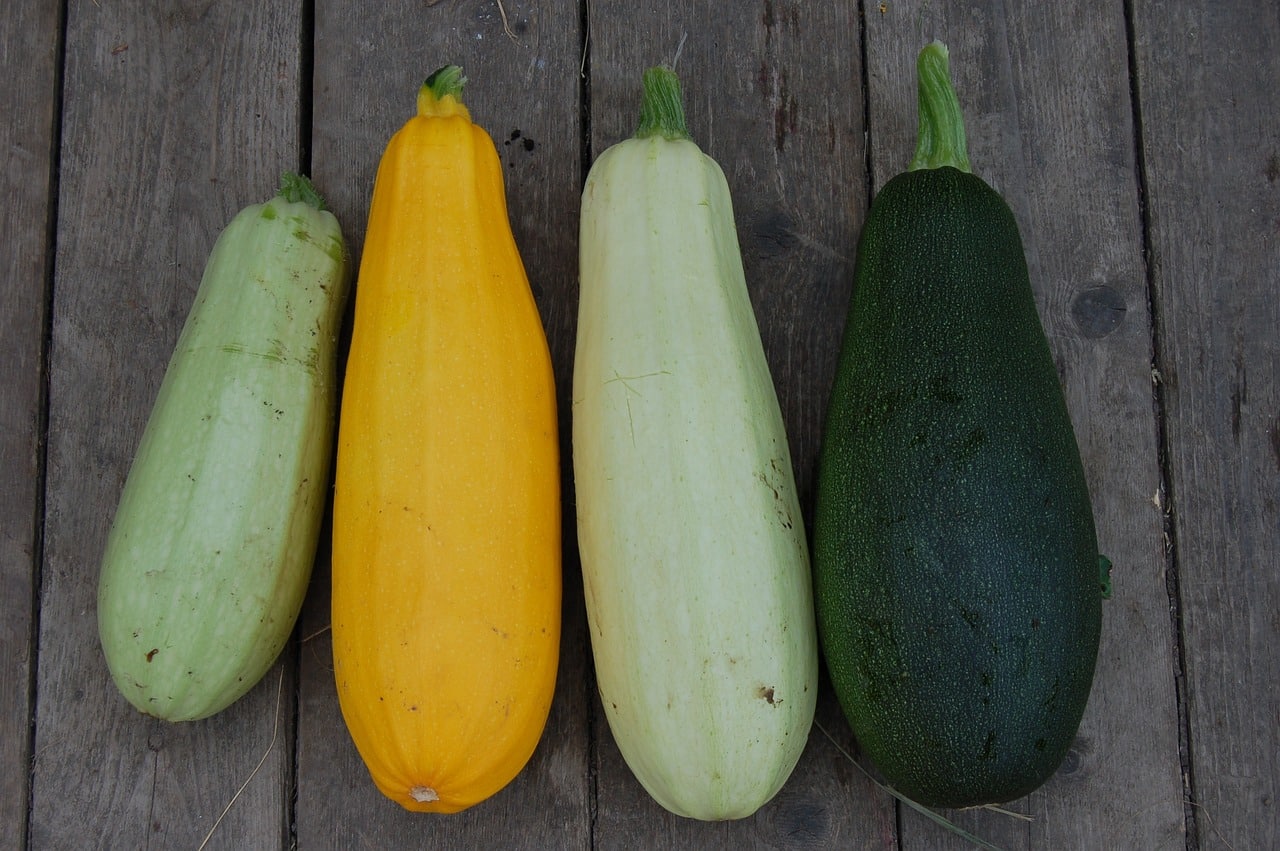
Summer squashes include crooknecks, straight-neck yellow squashes, and pattypan squashes.
Additionally, Zucchini is a type of summer squash, although we usually consider it a separate vegetable.
They’re prolific plants that can produce many squashes daily, so even just one or two can provide enough squash for your family.
Furthermore, Summer squash is harvested before it reaches full maturity while the skin is still thin and edible.
Summer squash plants can be vines and require a lot of space, but many are available as bush plants that can be spaced eight to twelve inches apart.
18. Peas
Peas are one of the most popular vegetables in the world. Gardeners can grow English peas (shelling peas or garden peas), snap peas, and snow peas.
Vining peas, or telephone or tall peas, require a trellis or pole between two and eight feet tall to climb.
The rest are bush varieties, sometimes known as dwarf varieties, that grow between 16 and 30 inches tall.
However, the most popular type is English peas. Regarding English peas, only the peas are eaten, not the pod.
Additionally, snow peas are thin, flat pods ready to pick when the peas inside are still little. Therefore, the whole pea, pod, and all are eaten.









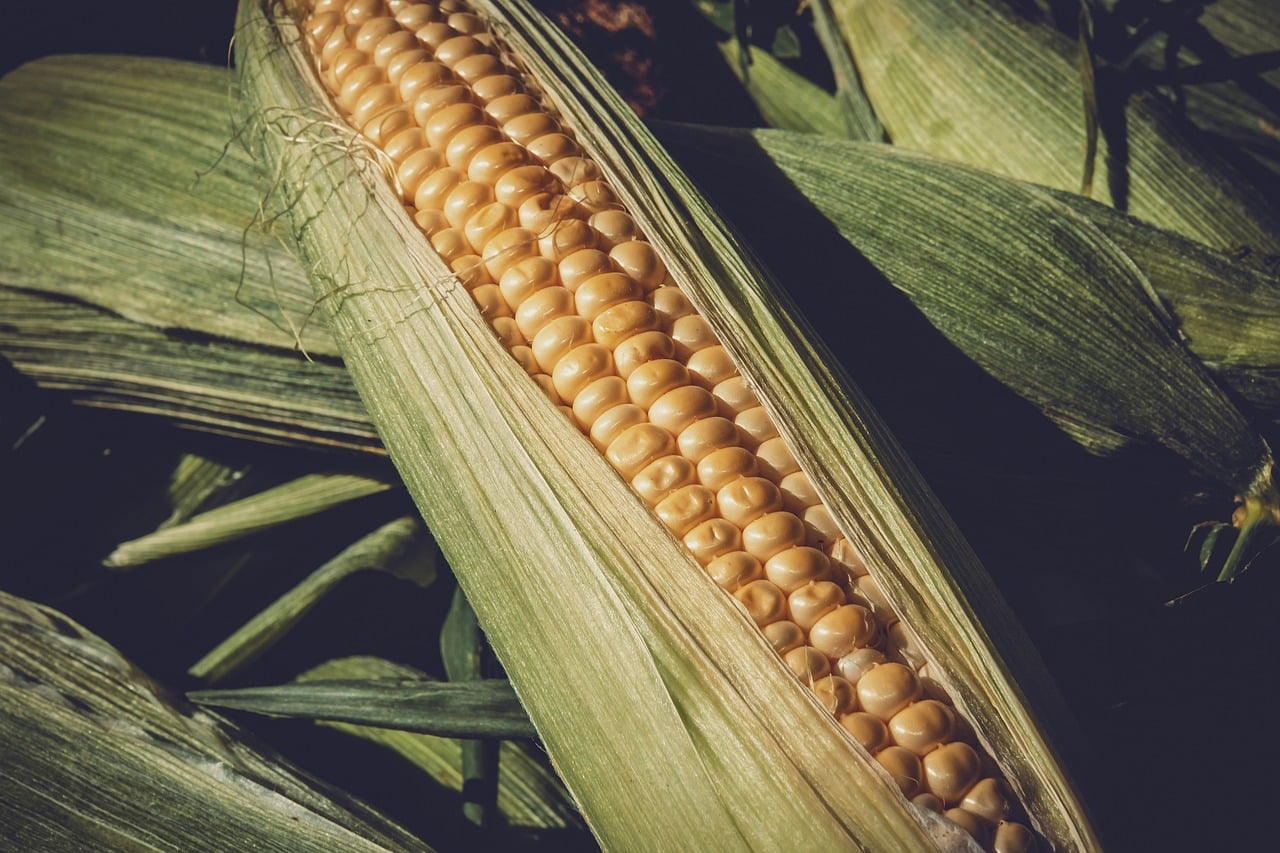




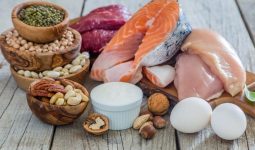
Nice information about different types of green vegetables.
Very very regards.